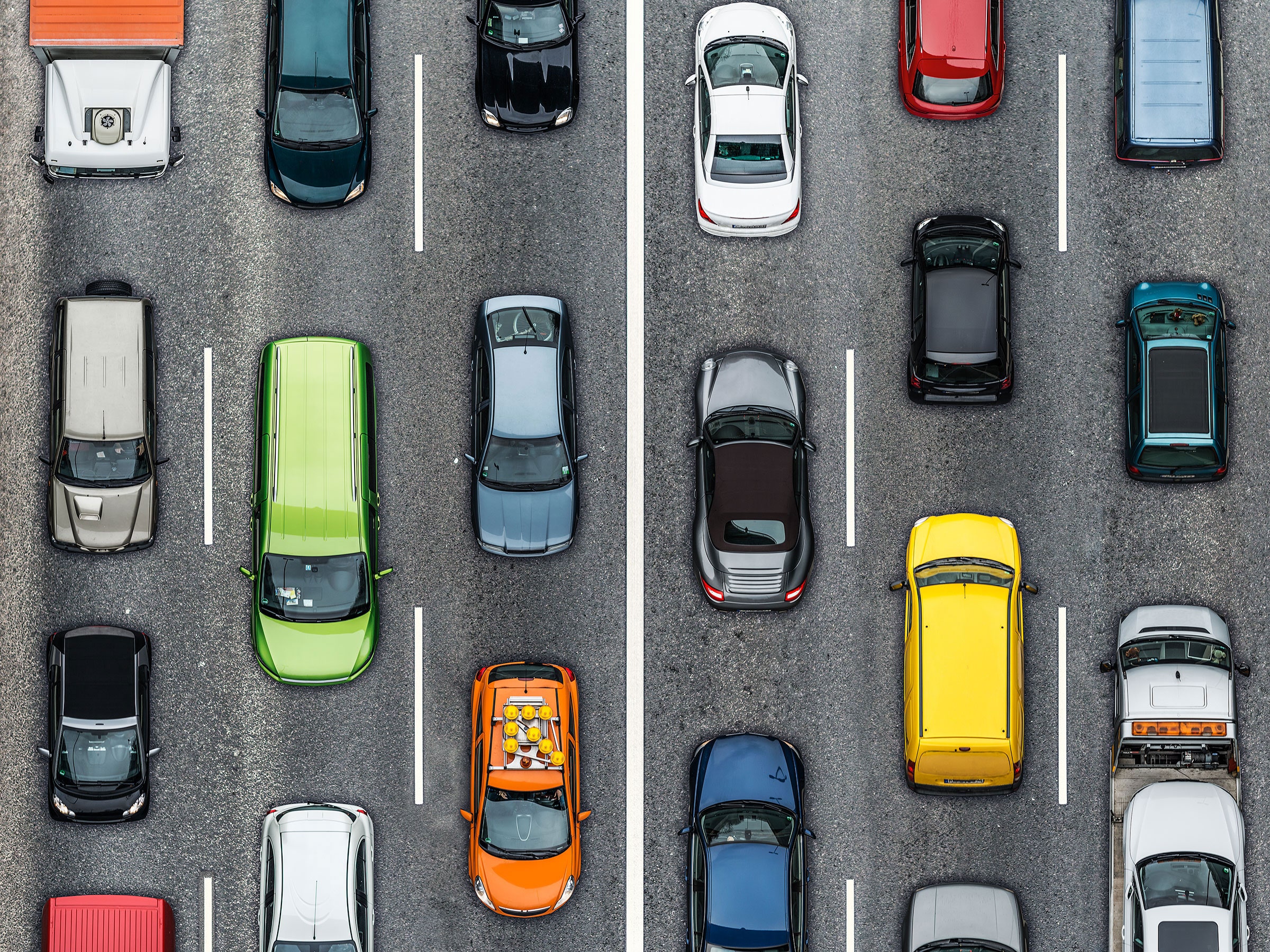Even a year ago, the idea of autonomous cars roaming American streets seemed farfetched, and automakers were claiming to be focused on "stepping stone," incremental technology.
That has changed. Carmakers are deploying robots, and federal regulators in charge of how humans drive are finally catching up. Today, US Secretary of Transportation Anthony Foxx announced guidelines that define a new approach to regulating---and encouraging---self-driving cars.
In an op-ed in the Pittsburgh Post-Gazette, President Obama wrote, "Government sometimes gets it wrong when it comes to rapidly changing technologies. That’s why this new policy is flexible and designed to evolve with new advances."
It's about time: Last week, Uber launched the nation's first autonomous taxi service in downtown Pittsburgh. Boston wants to start testing its own driverless fleet within a year. Ford has promised to put a significant number of autonomous cars on the road by 2021. Lyft is partnering with GM to chase the same date.
But the feds? A year ago, the DOT had said close to nothing about the technology. As of December, though, Foxx's people started working to loosen humans' fleshy grip on the wheel. The National Highway Traffic Safety Administration said it would include active technologies---the "building blocks" of autonomy---in its safety rating system. In February, NHTSA sent Google a letter saying it would expand its interpretation of the word "driver" to include computer systems. The DOT listed encouragement of self-driving cars as a criterion in its $50 million Smart City Challenge, which Columbus, Ohio, won in June.
The full details will be published tomorrow morning, but automakers already seem pleased. Audi says it "applauds" NHTSA; Daimler says "we are encouraged by NHTSA’s leadership on the issue and are heartened by the collaborative approach the Administration has taken." The Self-Driving Coalition for Safer Streets, founded by Ford, Google, Lyft, Uber, and Volvo, calls the guidelines "an important step forward."
These new guidelines are the feds' biggest step yet, because they represent a new approach. Beyond setting expectations for automakers, they lay out new approaches to regulating the technology. NHTSA has always been a little reactive, letting automakers experiment and stepping in once it has seen results. Now, it wants to get ahead of upcoming technology. "The government could sit back and play catchup," Foxx says. But he wants his department to be flexible, and be open to the innovations that are already changing the auto industry.
For manufacturers, the new rules should mean faster responses to requests for "letters of interpretation," which apply federal laws to driving technology. They'll also let DOT grant more exemptions to existing standards, to accelerate testing of new kinds of cars, and establish a "network of experts" to help the agency understand the vagaries of software and deep learning.
The biggest bullet point here is NHTSA's "15-Point Safety Assessment," which sets a range of goals for manufacturers around how the car perceives objects and responds, how it records and shares data, the human-machine interface, ethical considerations (like the "trolley problem"), how manufacturers program the cars to follow traffic laws, and so on.
The key is that NHTSA doesn't specify, or even care, how automakers check those boxes, as long as they do. "This marks an attitudinal change," says Bryant Walker Smith, an assistant professor at the University of South Carolina School of Law who studies self-driving vehicles. Rather than mandating an approach (like using sans serif font for the vehicle identification number and the exact kinematic viscosities of brake fluid), the agency will be openminded.
That means, Smith says, NHTSA doesn't have to fight to hire computer vision experts. Let's face it, they'd rather work for Google or Uber. If NHTSA representatives can figure out what kinds of questions to ask, and have a good sense of what a credible answer sounds like, they can reasonably judge what technologies are safe.
At least for now, those 15 points won't be required. Foxx expects manufacturers will work to meet them anyway, possibly as the basis for approving the testing or commercial use of new cars. When the inevitable lawsuits start, they rules will provide reasonable expectations for how autonomous vehicles behave. (Your honor, the accused couldn't even meet the government's basic standards!)
Or maybe they'll become law. As part of its "new challenge, new me" thinking, NHTSA is looking to pick up some new tools. How about pre-market approval authority, so it can inspect new technology before it hits the road? Or the right to issue cease and desist orders, to stop bad actors with the thunk of a rubber stamp. (Congress would need to get off its butt to make some of these happen.) The underfunded agency would also appreciate "greater compensation flexibility," a polite way of saying, "more money to hire better people."
These are just guidelines, and NHTSA's opening the discussion for a round of public comments before finalizing anything. And, Smith says, the details of its policies could have serious impact. But for now, it looks like the feds have found a way to keep up in the race toward a world of self-driving cars.

